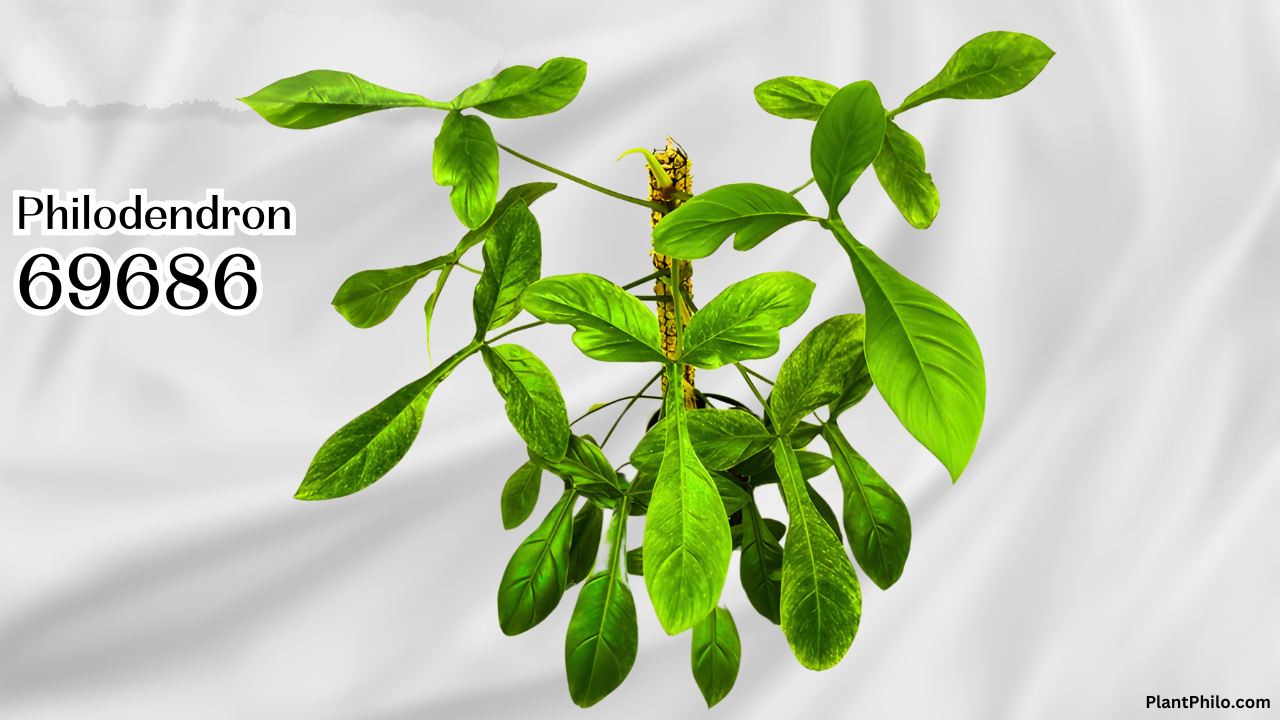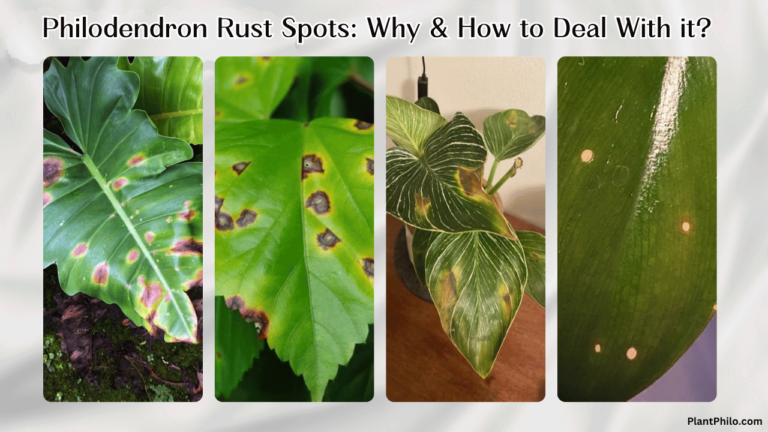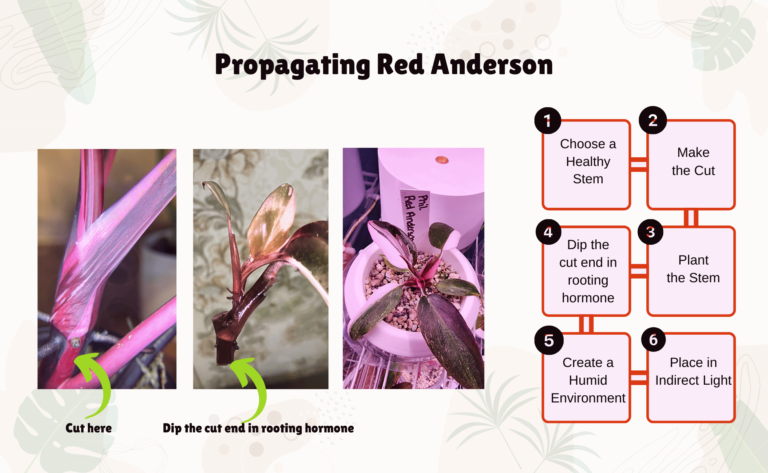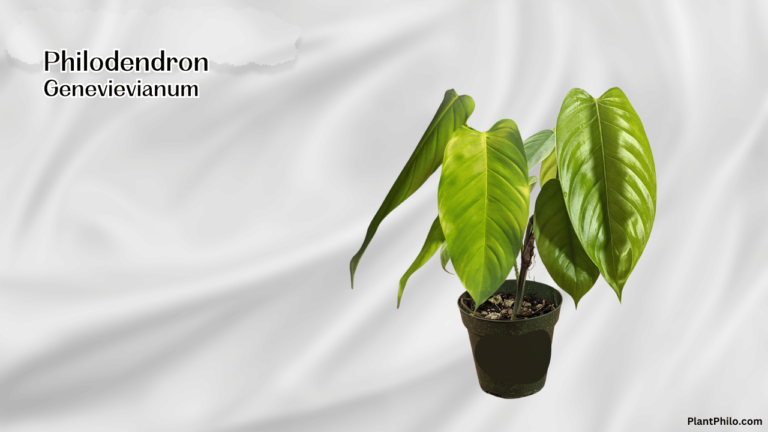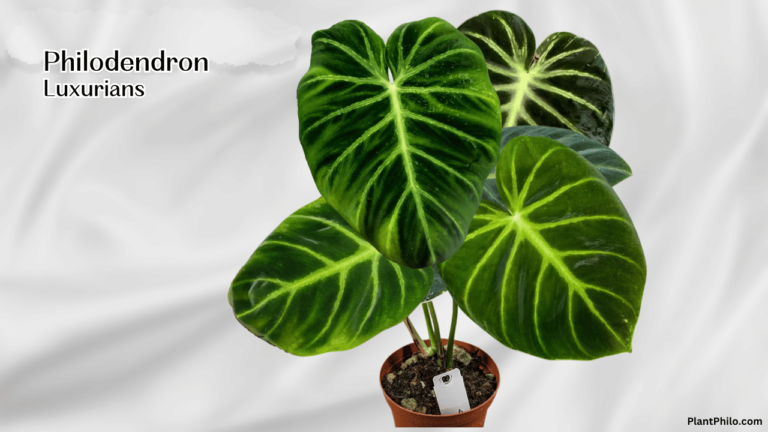Philodendron 69686: This Numbered Beauty is a Must-Have
Philodendron 69686… sounds like a secret agent, doesn’t it? Well, this plant is indeed a bit of a mystery, with its origins shrouded in enigma. But don’t let its cryptic name intimidate you.
With a little understanding and the right care, this rare beauty can flourish in your home, adding a touch of tropical allure and a conversation starter to boot.
Philodendron 69686: Key Information at a Glance
| Feature | Details |
| Botanical Name | Philodendron sp. ‘69686’ (often mislabeled as Philodendron hederaceum var. ‘Micans’) |
| Common Names | Velvet Leaf Philodendron, Philodendron Micans (incorrect) |
| Origin | Unknown, possibly South America |
| Growth Habit | Vining, climbing, or cascading |
| Leaf Shape & Size | Heart-shaped, small to medium-sized (2-4 inches) |
| Color | Velvety, iridescent leaves ranging from bronze to deep green, with hints of purple or red depending on light |
| Light Requirements | Bright, indirect light for optimal color; tolerates low light but may lose vibrancy |
| Watering Needs | Water when top 2-3 inches of soil are dry |
| Humidity | Thrives in higher humidity (60-80%), tolerates average levels with extra care |
| Fertilizing | Balanced liquid fertilizer diluted to half-strength, monthly during growing season |
| Common Pests & Diseases | Mealybugs, scale, spider mites |
| Propagation | Stem cuttings in water or soil |
| Toxicity | Toxic to pets and humans if ingested |
| Petiole | Slender, often reddish |
| Stem | Thin, vining, can develop aerial roots |
| New Leaf Color | Pale green or bronze, maturing to deeper hues |
| Air Purifying | Moderate air purifying qualities |
| Overall Difficulty | Moderately easy to care for |
Caring for Your Philodendron 69686
1. Light
The 69686 is a bit of a light lover, and bright, indirect light is its happy place. This will help it maintain those mesmerizing, iridescent colors that make it so unique.
Think of it as a shy artist, revealing its full potential only under the perfect spotlight. While it can tolerate lower light conditions, its colors might become muted, and its growth might slow down. Avoid direct sunlight, as it can scorch those velvety leaves.
2. Watering
Like most Philodendrons, the 69686 prefers its soil to be “just right” – not too wet, not too dry. Allow the top 2-3 inches of soil to dry out before watering.
You can check this by sticking your finger into the soil. If it feels dry, it’s time to give your plant a drink. Overwatering can lead to root rot, so err on the side of caution.
3. Humidity
This plant hails from tropical rainforests, so it naturally craves humidity. Aim for a humidity level of 60-80% if you want to see it truly thrive. You can achieve this by misting your plant regularly, using a pebble tray, or running a humidifier. If you notice the leaf edges turning brown or crispy, it’s a sign that your plant is thirsty for more moisture in the air.
4. Soil
A well-draining potting mix is crucial for the 69686. A blend of peat moss, perlite, and orchid bark works well. Think of it as a comfy bed for your plant’s roots, providing support and allowing excess water to drain away easily.
5. Fertilizing
During the growing season (spring and summer), give your 69686 a monthly dose of diluted liquid fertilizer. Think of it as a vitamin supplement, providing the essential nutrients your plant needs to grow strong and healthy. Avoid fertilizing during the fall and winter when the plant is dormant.
6. Pruning
Pruning helps maintain the shape of your 69686 and encourages bushier growth. You can snip away any leggy or unwanted stems. Don’t be afraid to get a little creative! Your plant will thank you for the haircut.
7. Propagation
The 69686 is relatively easy to propagate from stem cuttings. Simply take a cutting with at least one node and place it in water or moist soil. With a little patience, you’ll have a new plant to share with a friend or add to your collection.
8. Pests and Diseases
Keep an eye out for common houseplant pests like mealybugs, scale, and spider mites. These critters can wreak havoc on your plant, so it’s important to catch them early. If you see any signs of pests, isolate your plant and treat it with insecticidal soap or neem oil.
FAQs
Is Philodendron 69686 rare?
Yes, it is considered a relatively rare Philodendron variety.
Why is it sometimes called Philodendron Micans?
It’s often mislabeled as Philodendron hederaceum var. ‘Micans’ due to similarities in appearance, but they are distinct species.
Can I grow my 69686 in a hanging basket?
Absolutely! Its vining habit makes it perfect for cascading from a hanging basket.
How often should I repot my 69686?
Repot every 1-2 years or when the roots become overcrowded.
What’s the best way to increase humidity for my plant?
Misting regularly, using a pebble tray, or running a humidifier are all effective ways to increase humidity.
Why are the new leaves on my 69686 not as colorful?
New leaves often emerge in paler shades and develop their full color as they mature. Low light can also impact color intensity.
Can I grow my 69686 outdoors?
Yes, in warm climates with indirect light, but protect it from direct sun and extreme temperatures.
How do I know if my 69686 is getting enough light?
If the leaves are losing their vibrancy or the plant is becoming leggy, it might need more light.
What should I do if I see yellowing leaves?
Yellowing leaves can indicate overwatering or nutrient deficiencies. Adjust your watering schedule and consider fertilizing.
Is Philodendron 69686 a good air purifier?
While it has moderate air-purifying qualities, it’s not a substitute for a dedicated air purifier.
Summing Up,
Caring for a Philodendron 69686 might seem a bit daunting at first, but with a little knowledge and effort, you’ll be rewarded with a thriving, iridescent beauty that’s sure to spark conversations and envy among fellow plant enthusiasts.
Remember, every plant has its own personality, and the 69686 is no exception. Pay attention to its cues, adjust your care accordingly, and you’ll be well on your way to becoming a 69686 expert!

